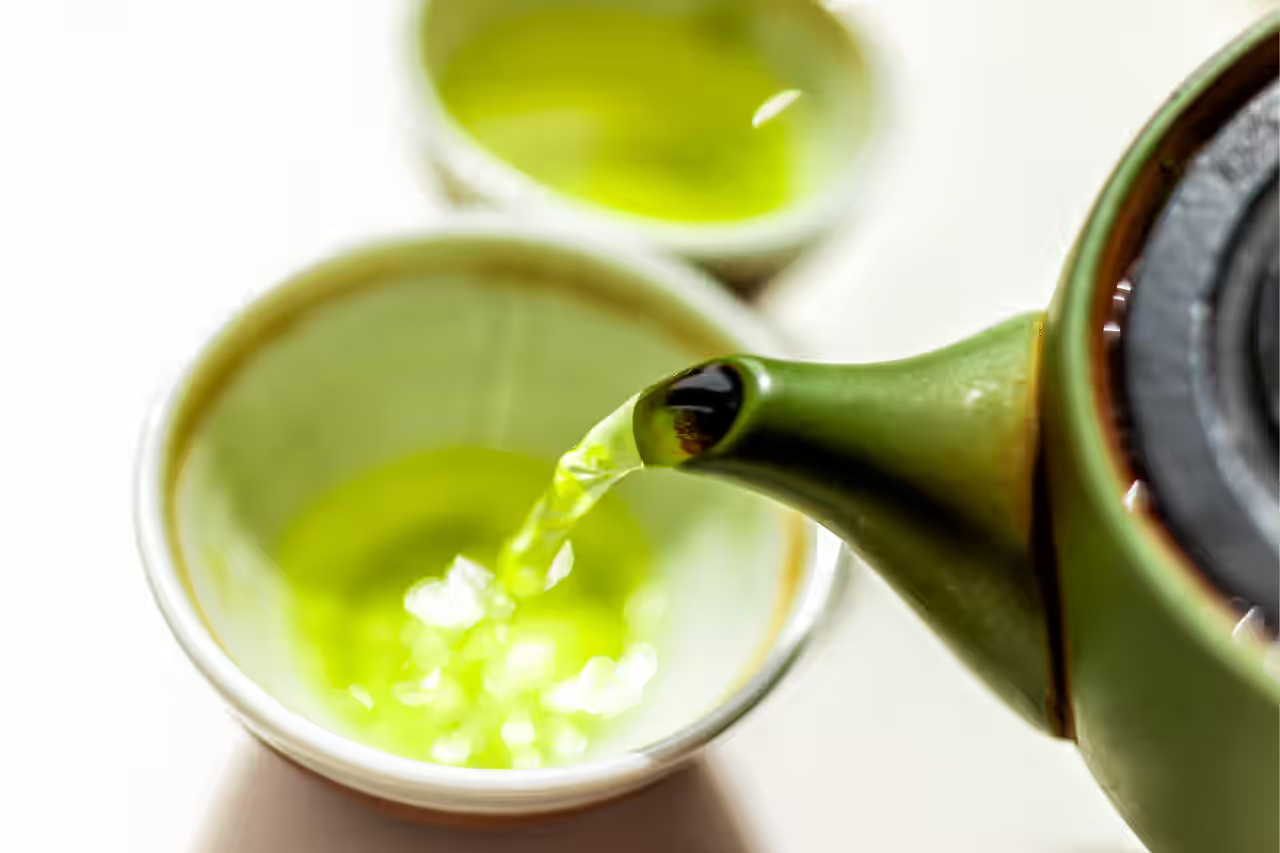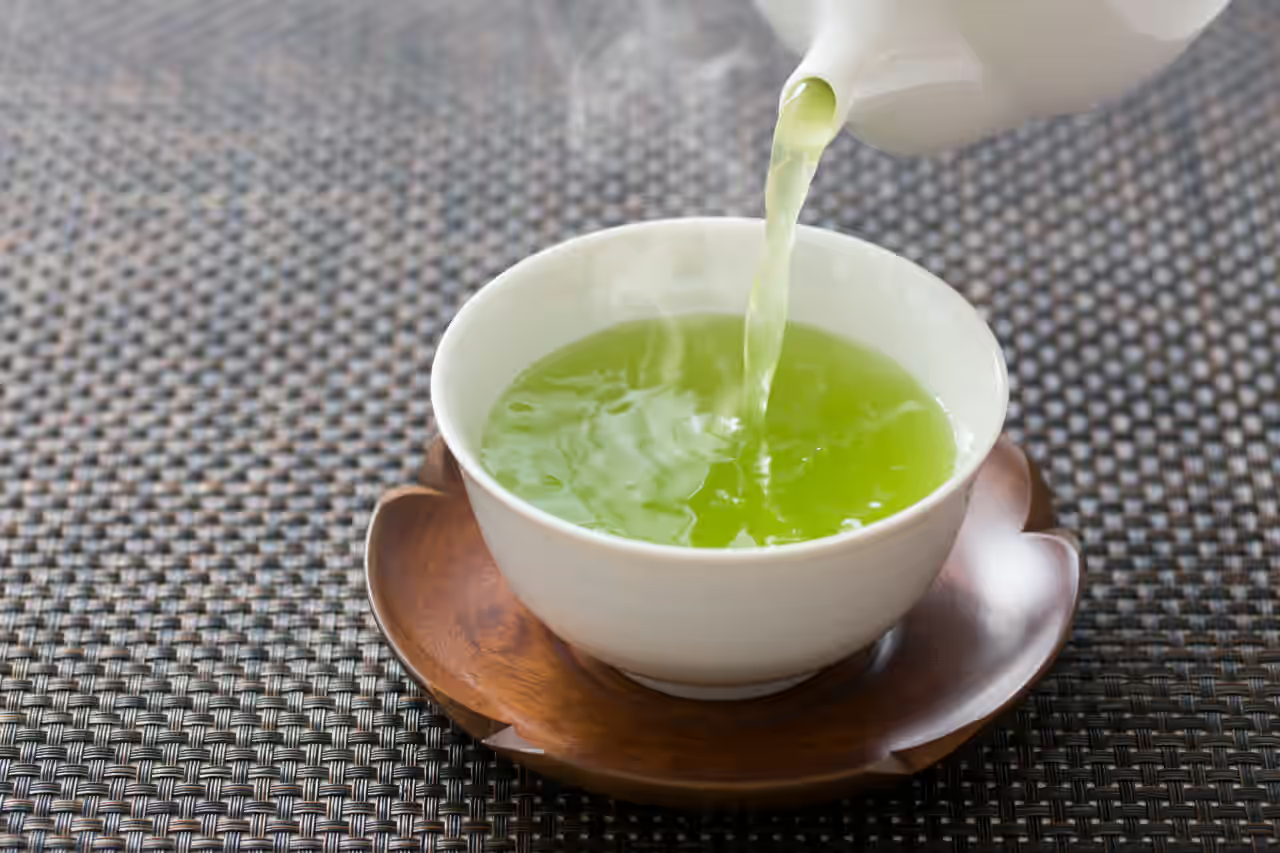Sencha is usually a steamed environmentally friendly tea and is also regarded as the most popular tea in Japan. Sencha is processed by steaming fresh new tea leaves to circumvent oxidation, and from there the leaves are rolled, shaped, and dried.
Sencha tea consists of tannins, which often can impair your body’s power to take in important natural vitamins and minerals, like iron, if drunk excessively.
Environmentally friendly tea, a beverage steeped in tradition and rich in wellness Rewards, has captivated flavor buds for millennia. Originating in East Asia, green tea offers a novel processing method that preserves its vibrant inexperienced coloration and an abundance of health and fitness-selling compounds.
Matcha is yet another type of eco-friendly tea, also from Japan. This one is developed completely during the shade, never ever inside the Sunlight.
Matcha can be a sort of environmentally friendly tea which is created by finely grounding environmentally friendly tea leaves right into a powdered type. The results on the powdered environmentally friendly tea are activated in the event the matcha powder is whisked into incredibly hot water (not steeped), and also the drink becomes frothy.

Gyokuro is often a premium Japanese eco-friendly tea that's shaded for many months prior to harvesting, leading to a unique flavor and aroma. This shading system increases the focus of amino acids and chlorophyll in the leaves, providing Gyokuro its signature deep green color and intense sweetness.
Very last but surely not minimum, we have hojicha! Hojicha is distinct from sencha and matcha inexperienced tea as it is created by roasting a porcelain pot more than charcoal.
The dried leaves are then infused into heat drinking water to develop sencha tea. It is prepared by infusing the processed whole tea leaves in hot drinking water. What causes it to be distinctive from matcha
Sencha tea is thought to originate in Japan. It’s created from the youthful leaves from the Camellia sinensis plant, which are steamed and rolled to develop its matcha tea sencha comparison article distinctive needle-like condition.
The folklore encompassing the origins of Sencha tea implies that it absolutely was found out by a Buddhist monk who uncovered the leaves experienced fallen into his boiling h2o while meditating. However, the history of Sencha tea dates back again towards the 8th century, once the tea was very first introduced to Japan from China.

When Gyokuro is considered the most popular leaf tea in Japan, it really is unquestionably an obtained flavor. Shaded sencha teas like Kabuse sencha lie somewhere in the midst of the spectrum, with a lot of the sweetness you could possibly find in the gyokuro but with out this rigorous brothy flavor. They also are likely to possess a little bit additional of this citrusy taste to them, particularly while in the complete.
Sencha tea incorporates caffeine, which can assist boost alertness and boost Bodily functionality. It might also present other Advantages for physical performance, for example enhanced circulation and oxygen shipping to your muscles. It might also reduce muscle mass exhaustion and make improvements to Restoration time.
Similarly, should you open up the package and an overwhelmingly gross scent of grass tickles your nose, you'll have been misled. Substantial-grade matcha ought to have a sweet scent to it.
We advocate not ingesting sencha inside the evening, but somewhat drink a reduced caffeine tea like genmaicha or kukicha. It ought to be great to drink sencha in the morning and while in the early afternoon without it holding you up during the night.